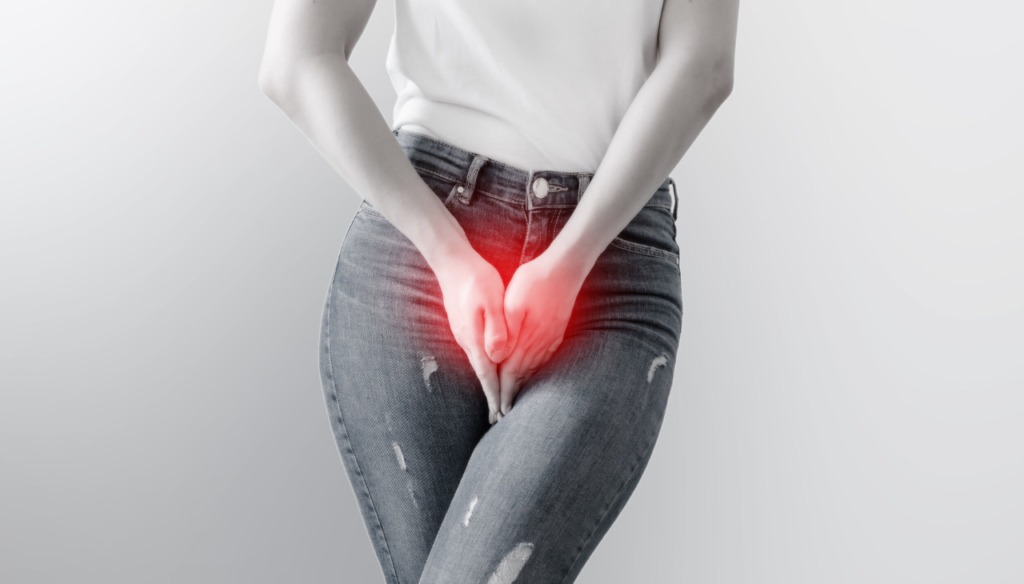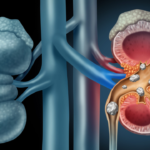
Female urinary incontinence is a common and often misunderstood condition that affects women of all ages. In this blog post, we will delve into the various causes and risk factors associated with urinary incontinence to shed light on this prevalent issue. For personalized guidance and expert care, consider consulting with Dr. Dhake, the best urologist in Wakad, Pune. Dr. Dhake’s expertise and commitment to urological health can provide invaluable support for those experiencing symptoms of urinary incontinence. Visit Dr. Dhake Urology Clinic for comprehensive care and a tailored approach to address your specific needs.
Causes of Female Urinary Incontinence:
1. Pelvic Floor Weakness:
One of the leading causes of urinary incontinence in women is weakened pelvic floor muscles. These muscles support the bladder, and when they are not adequately toned, it can result in leakage, especially during activities that exert pressure on the pelvic area, such as coughing or sneezing.
2. Childbirth:
The miracle of childbirth can bring about significant changes in a woman’s body, including potential damage to the pelvic floor muscles and nerves. Vaginal deliveries, in particular, can contribute to stress incontinence due to the stretching and trauma experienced during the birthing process.
3. Hormonal Changes:
Fluctuations in hormones, especially during menopause, can play a role in the development of urinary incontinence. Reduced estrogen levels can impact the strength and elasticity of the tissues in the urethra and bladder, leading to increased susceptibility to leakage.
4. Neurological Conditions:
Certain neurological disorders, such as multiple sclerosis or stroke, can disrupt the signals between the brain and the bladder. This miscommunication may result in an overactive bladder or an inability to control urinary function.
5. Obesity:
Carrying excess weight can put additional pressure on the pelvic organs, leading to stress incontinence. Additionally, obesity is often associated with other conditions, such as diabetes, which can contribute to urinary incontinence.
Risk Factors for Female Urinary Incontinence:
1. Age:
Aging is a natural risk factor for urinary incontinence. As women get older, the muscles in the pelvic region may weaken, and the likelihood of experiencing urinary incontinence increases.
2. Family History:
There is evidence to suggest that genetics may play a role in the development of urinary incontinence. If a woman has a familial background with this condition, her likelihood of being at a higher risk increases.
3. Smoking:
Smoking has been linked to an increased risk of urinary incontinence. The chemicals in cigarettes can irritate the bladder and contribute to coughing, which, in turn, can exacerbate stress incontinence.
4. Chronic constipation:
Straining during bowel movements due to chronic constipation can weaken the pelvic floor muscles over time, increasing the risk of urinary incontinence.
5. Previous Pelvic Surgeries:
Women who have undergone pelvic surgeries, such as hysterectomy, may be at a higher risk of developing urinary incontinence. These procedures can alter the anatomy and support structures of the pelvic region.
Conclusion:
Understanding the causes and risk factors of female urinary incontinence is crucial for both prevention and effective management. By addressing these factors and seeking appropriate guidance from healthcare professionals, women can take proactive steps toward maintaining bladder health and overall well-being.
For personalized guidance and expert care, consider consulting with a specialist like Dr. Dhake, the best urologist in Wakad, Pune. Dr. Dhake’s expertise and commitment to urological health can provide invaluable support for those experiencing symptoms of urinary incontinence. Visit Dr. Dhake Urology Clinic for comprehensive care and a tailored approach to address your specific needs. If you or someone you know is experiencing symptoms of urinary incontinence, consulting with Dr. Dhake is the first step toward finding personalized solutions and achieving optimal bladder health.




